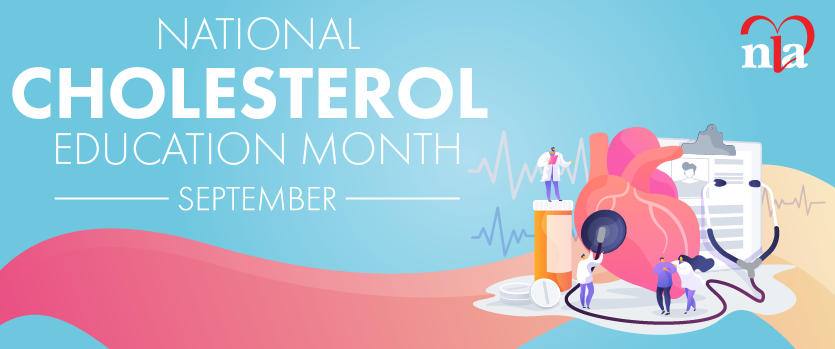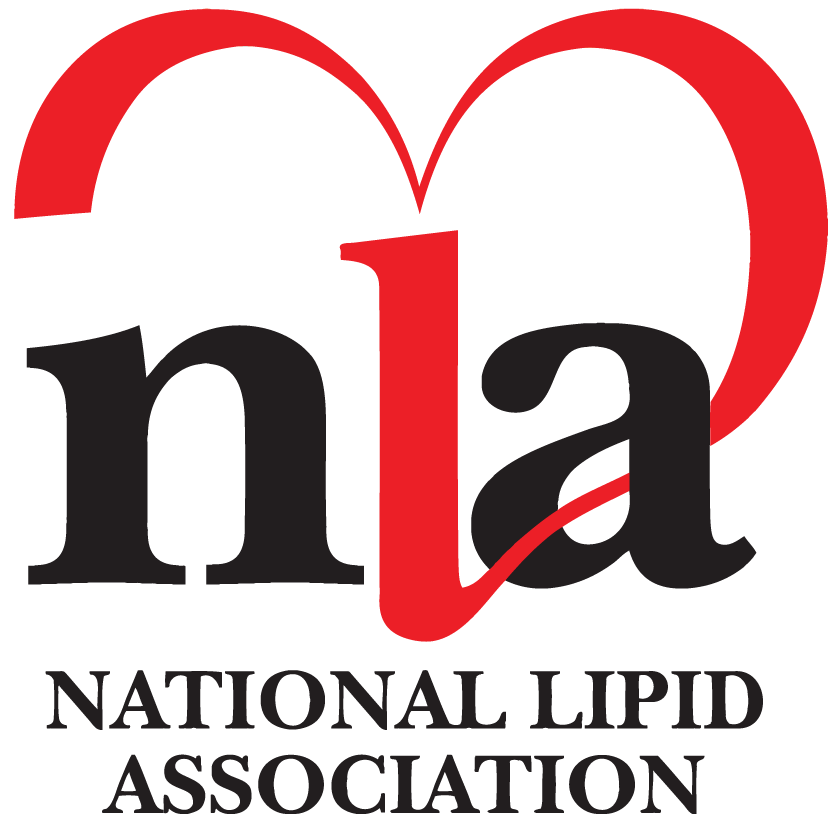Are you interested in preventive care? How about lifestyle focus, medical management, multi-specialty collaboration, an evidence-based approach, genetics and the related usage of technology? Then being credentialed as a clinical lipid specialist (CLS) should be in your future.
After working on the East Coast for years as a registered nurse (RN) in an intensive care unit (ICU) setting and as a nurse practitioner (NP) for a cardiology service, I realized the inpatient setting was not where my true passions lay. I really wanted to help people stay out of the hospital. I wanted to help them optimize their health and functional abilities. I daydreamed about being able to do this full time, rather than only during brief patient education moments. I wanted to leave patients with a tool box full of skills that would enable them to help themselves. I would be able to see individuals through the various processes and support them through their tough times.
I found the National Lipid Association (NLA) in 2006 while gathering information and decided I couldn’t pass up a conference in Boston. I attended the Lipid Academy pre-conference course and scientific seminar. It was an epic moment for me. I met Ralph La Forge, MSc, whose approach was exactly what I had been seeking. All of the presentations were fantastic, each adding valuable information to my tool kit. I saw Alan Sniderman, MD, present his paper on apolipoprotein B (Apo B) and knew this was the direction I wanted to go. It was the beginning of a new chapter for me. Taking the CLS exam definitely was in my future. As fortune would have it, La Forge had been helping set up a lipid clinic in Seattle during the previous year. Unknowingly, I accepted a position at that very clinic soon after. The NLA and Preventive Cardiovascular Nurses Association (PCNA) helped me transition from one setting to another. Amy Doneen, ARNP, and Bradley Bale, MD, taught me an approach that allowed for the individualized holistic care that I sought to provide. Melissa Hull, PharmD; Kier Huehnergarth, MD; La Forge; Anne Goldberg, MD; and John Guyton, MD, were always there to support me during any unsure moments regarding treatment decisions. James Underberg, MD, encouraged me to maintain my naturally positive approach, which has continued to be a cornerstone of my treatment philosophy.
Being a nurse practitioner has given me the foundation to thrive as a provider within a successful lipid clinic. Combining the nursing approach with higher education that taught me about the medical process resulted in my ability to provide care the way I want. One of the most important reasons for the success of my clinic is the support provided by the institution for which I work, as well as the referring providers with whom I work with. I use open communication to balance patient education with motivational interviewing, while using a shared decision-making model to assist patients in optimizing their health, regardless of their personal philosophies. Helping to identify barriers and providing them with tools and ideas that work is my specialty. I believe the multi-disciplinary approach to care is the key to health optimization. I regularly refer patients to primary care providers, as well as cardiology, endocrinology, sleep clinic, physical therapy, rheumatology, nephrology, podiatry, and mental health experts. I utilize diagnostic tools that assist me daily, including lab trends (basic labs and advanced lipid testing), subclinical testing (electron-beam tomography [EBT] and carotid intimamedia thickness [CIMT]), ultrasound and computerized tomography (CT). During visits, I review tools that my patients use, such as pedometers or activity trackers, dietary journals, meditation and symptom trackers. I see both primaryand secondary-prevention patients who have a variety of dyslipidemias with additional medical complexities. I have a very high population of patients with symptoms from statins or fear they will develop symptoms and, therefore, are very hesitant to try medication therapy. I see heterozygous familial hypercholesterolemia (HeFH) patients who range in age from 17 to 70 years and a significant number of patients with insulin resistance.
In the NLA and PCNA communities, I have experienced an open, welcoming environment that is sincere, supportive, and encouraging. The groups are full of passionate providers who, amazingly, find the time to answer questions and offer advice, whether in person at one of many conferences or via email or phone. Even after 10 years of working within this community, I continue to connect with others and learn about new and different approaches to changing our world. These organizations continue to provide educational opportunities that will allow me to grow professionally and stay current regarding emerging research. The NLA Recommendations have given me a navigation tool that supports my approach within the current medical climate. The FH Foundation an Cardiometabolic Health Congress also have been instrumental to my success.
Passing the certification exam 10 years ago, boosted my self-esteem, because it verified that I had the knowledge base to provide quality care to my patients. It also provided me with greater credibility among my peers and other medical providers. I feel it helped define my specialty. I would encourage all that are considering to go for it!
Disclosure statement: Jessica Durham participated in a
program with Regeneron/Sanofi.





.jpg)
.png)











